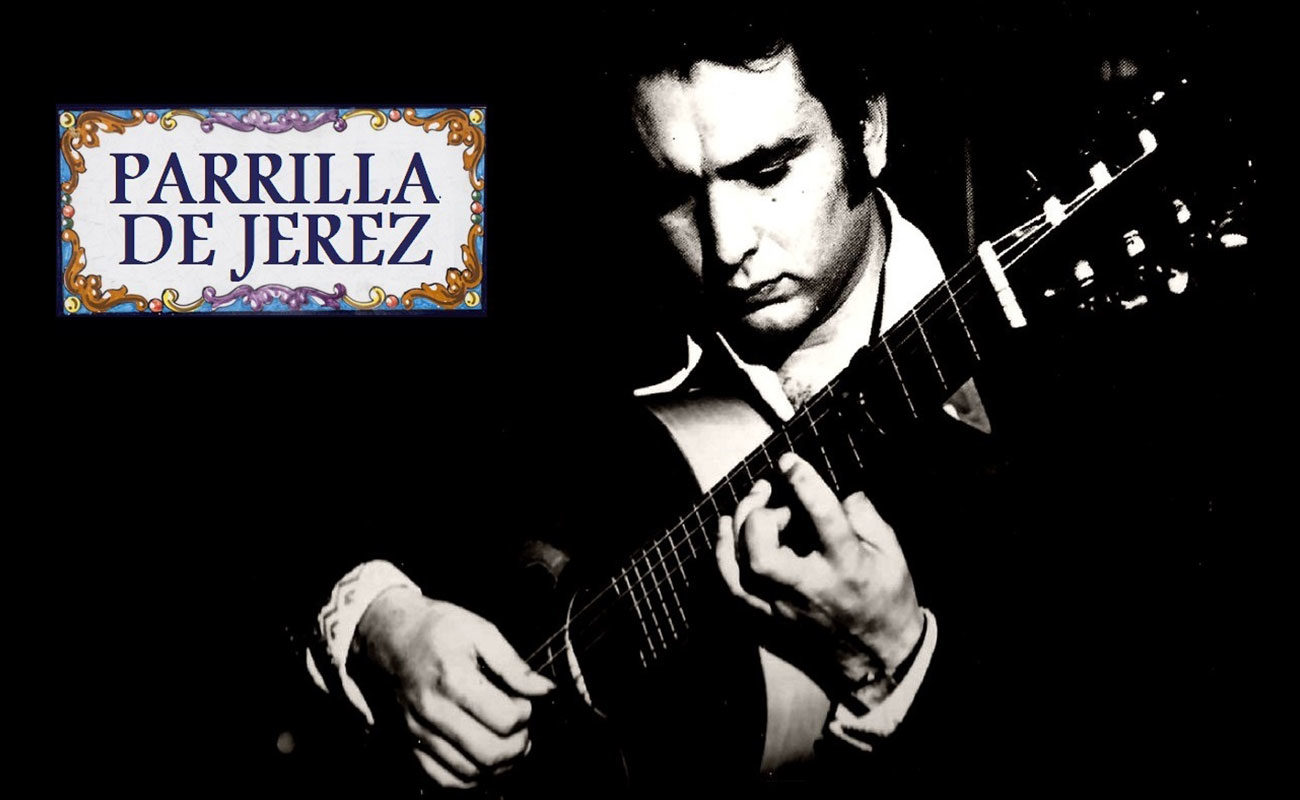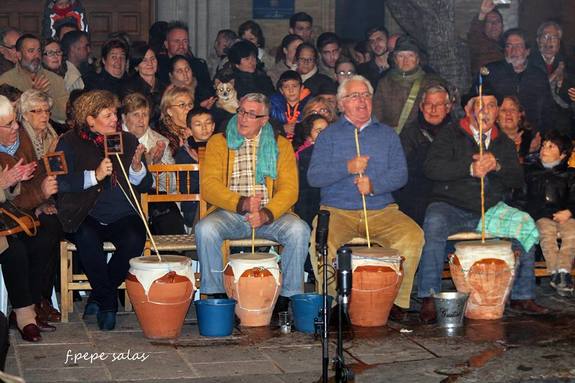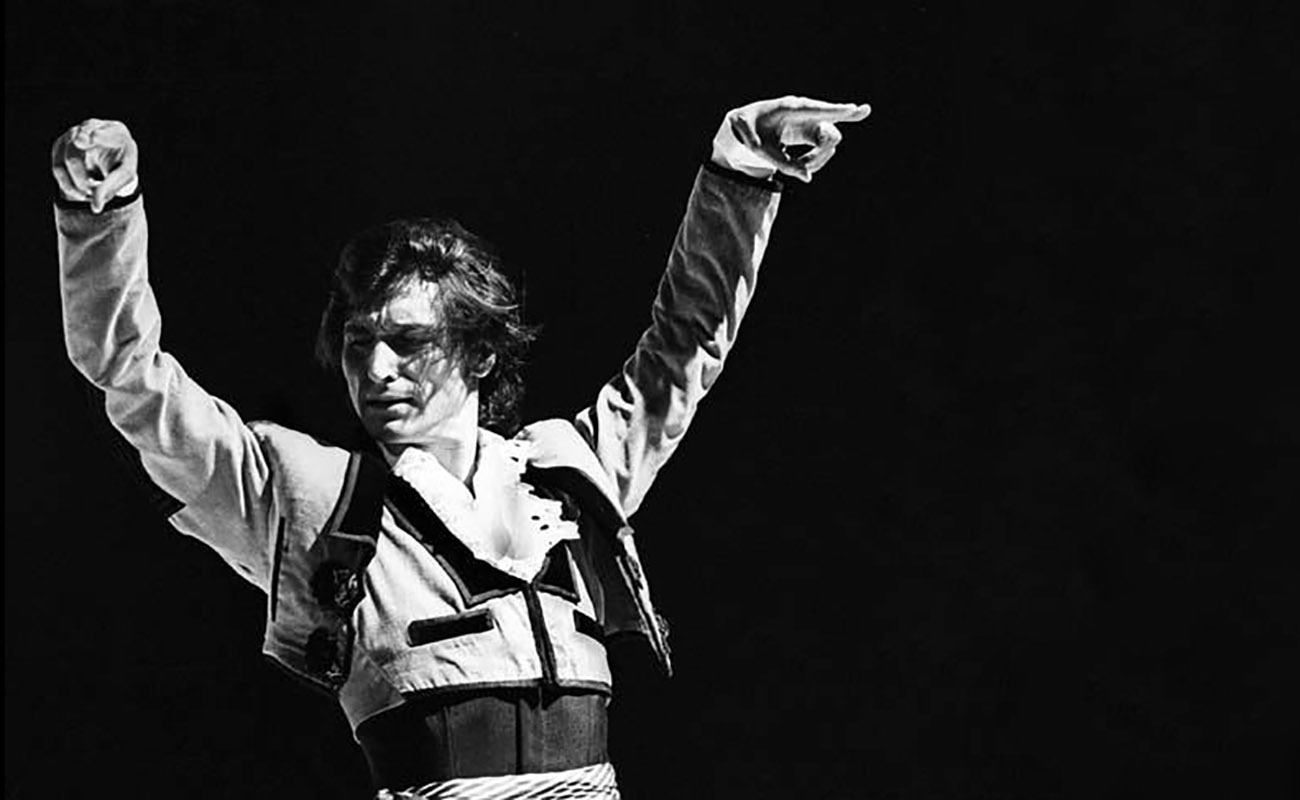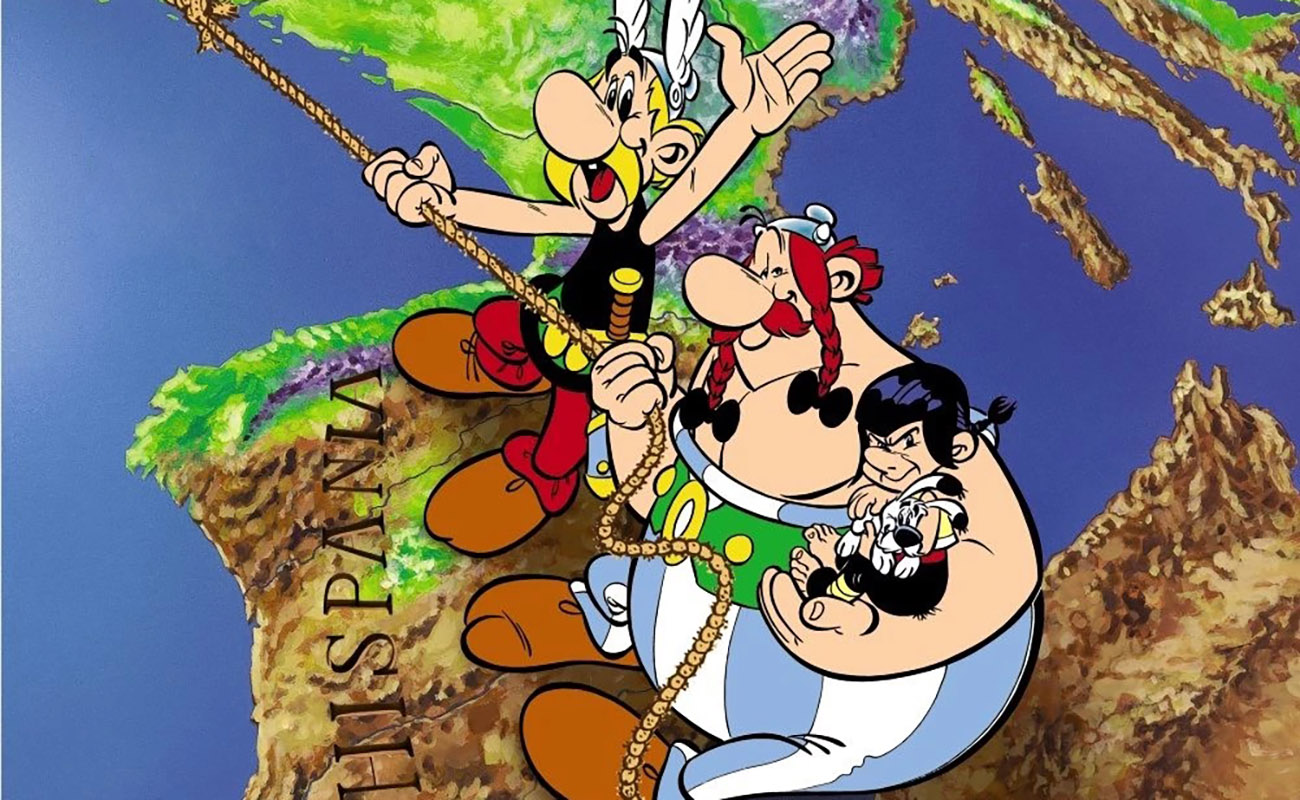A street named after Parrilla de Jerez: a well-deserved honor
A street named after Parrilla de Jerez. That’s the goal of the family of this brilliant guitarist, who is urging the local authorities to start the necessary paperwork to achieve this aim, particularly at this time of the year, the Christmas season, when every day we hear villancicos performed, in good measure, thanks to the efforts in preserving and promoting this sub-genre

A street named after Parrilla de Jerez. That’s the goal of the family of this brilliant guitarist, who is urging the local authorities to start the necessary paperwork to achieve this aim, particularly at this time of the year, the Christmas season, when every day we hear villancicos performed, in good measure, thanks to the efforts in preserving and promoting this sub-genre by Manuel Fernández Molina, aka Parrilla de Jerez, the son of Tío Parrilla. This Gypsy from Jerez’s San Miguel district, born on 45 Campana Street in 1945, who left us in 2009 after a long illness, was brilliant as accompanist of cante with his guitar and a virtuoso as soloist, besides being a great music interpreter. He was the soul of a historic project started in 1982, launched by the Cátedra de Flamencología de Jerez with Juan de la Plata and the indispensable support by Jerez’s editor and producer Juan Pedro Aladro. “Así Canta Nuestra Tierra en Navidad” (“That’s How our Land Sings in Christmas”) started with a volume that showcased traditional and popular villancicos, sung in chorus and with a sound essence that carefully conveyed the naturality and authenticity of those parties. Tracks such as ‘Una pandereta suena‘, ‘Al pasar por Casablanca‘ or the so-called ‘Villancico del Gloria‘ are listed in the back cover, reclaiming what was being lost, or even what had already been lost. Neighborhood bastions and some peñas, such as ‘La Colchonera’ (Jerez’s partners of Atlético de Madrid, but born in Jerez, with much art) or ‘Los Cernícalos’, kept some vitality in that regard, because in those years businesses and local authorities didn’t care much about this type of celebration during the Christmas season, declared Bien de Interés Cultural (Cultural Heritage) in the year 2015 .
This idea that turned into an album series had the financial and moral support of Jerez’s Caja de Ahorros(Savings Bank), so it was much easier to execute the proposals agreed in the artistic aspects that were well understood by the true protagonist of this article. We must contextualize, though, particularly in these days when many people take the Zambomba for granted and many mistakes are made when it comes to protect a heritage which defines this land together with others in the province which created or shaped the lyrical body of Christmas in Lower Andalusia. The fact is that its fame is growing excessively, but the zambomba(not “zambomba” or “zambombada”) is something else, not mass gatherings where few participate, most watch and everyone drinks. Yet, let’s try to focus on the positive aspects!
Buses arriving from other cities, businesses opening the whole day due to their huge sales volume, full parking lots, sold out musical and cultural events, hotels at twice the usual occupancy, taxi drivers thankful for the bonanza… all that due to the “popular, traditional, great, typical, flamenca” zambomba. How many adjectives this celebration whose protagonist is a peculiar, humble home-made clay instrument has! Let’s continue to highlight the potential of a party that provides jobs to dozens of artists and hundreds of people who never sing at any other time during the year, with nightclubs jumping on the wagon and organizing non-stop shows whose villancicos were first heard in the album series mentioned above.
Parrilla has a lot to do with this because he always kept the rhythm in those recordings, giving a sound to Christmas in Jerez and recovering many lyrics that had already been forgotten in the 1980s. He was the one who ‘persuaded’ Paquera de Jerez to take part in this work, year after year, and also Macanita, Tío Sordera, the brothers Curro and Fernando de la Morena, the brothers José and Ángel Vargas, José Mercé, and also the unique Torrito, Moraíto… a family, after all. Parrilla took care of adding melody to verses and romances of old which today sound as if all of this were so easy, as is the case with ‘Arcángel San Gabriel‘, inspired by a poem of Lorca, or more recent compositions, such as ‘Gitanos de Santiago y San Miguel‘ or ‘De Vendimiar‘. That Manuel who in 2001 offered his school to perform in the Villamarta theater for a show organized by Peña La Bulería, where he directed singers such as Diego Rubichi, Paca and Manuela, Fernando Soto or La Macanita, must not fall into oblivion. That made history and today everyone knows the lyrics premiered that night.
We’ll not drag on, mentioning all the other merits of this brilliant artists in all other of his ‘falsetas’ in life, because they’re very well-known, but it’s important that we don’t forget Manuel, all through the year, but particularly during the Christmas season. Without the contribution of Parrilla and his team, nothing would be the same. From here we join the call to have a street, avenue or square in Jerez named after ‘Parrilla de Jerez’.






